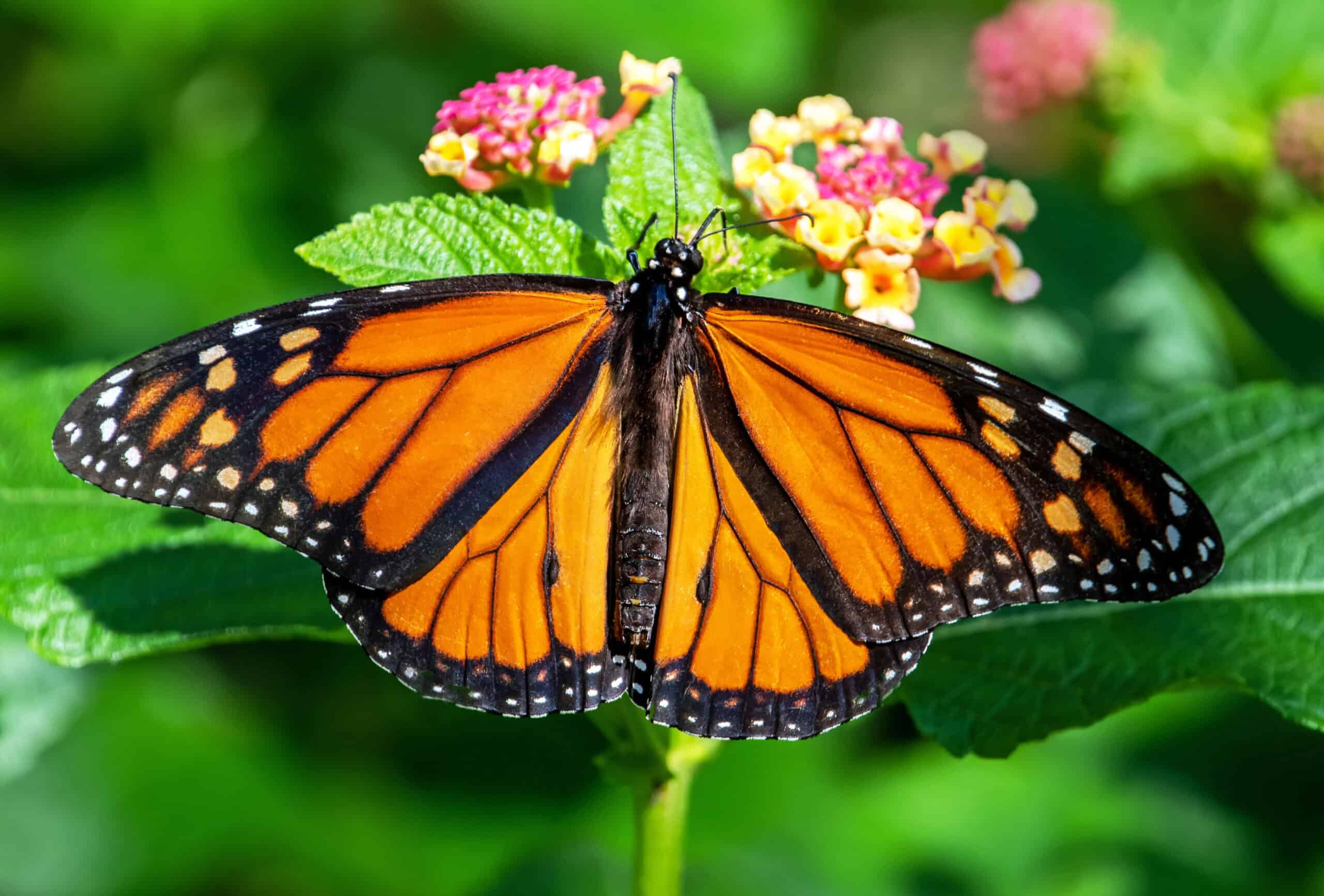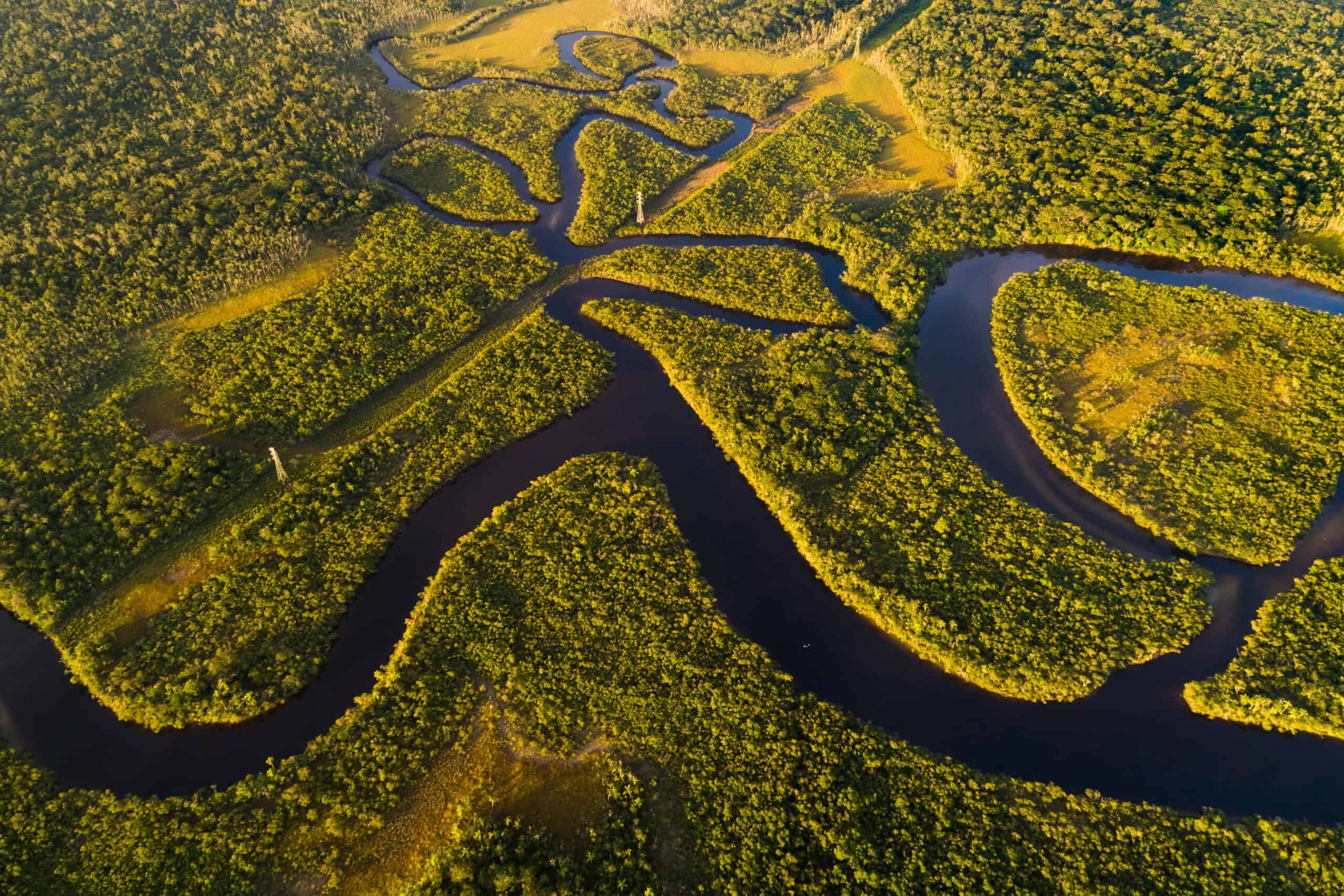Capturing the vibrant beauty of wildlife is a thrilling pursuit for photographers and nature enthusiasts alike. The natural world is brimming with an array of colorful creatures, each offering a unique visual spectacle. From the dazzling hues of tropical birds to the shimmering scales of exotic fish, these species are not only fascinating to observe but also make for stunning photographic subjects. In this article, we explore the top 15 most colorful wildlife species that will add a burst of color and life to any photographer’s portfolio, showcasing the incredible diversity and artistry of nature.
Scarlet Macaw (Ara macao)
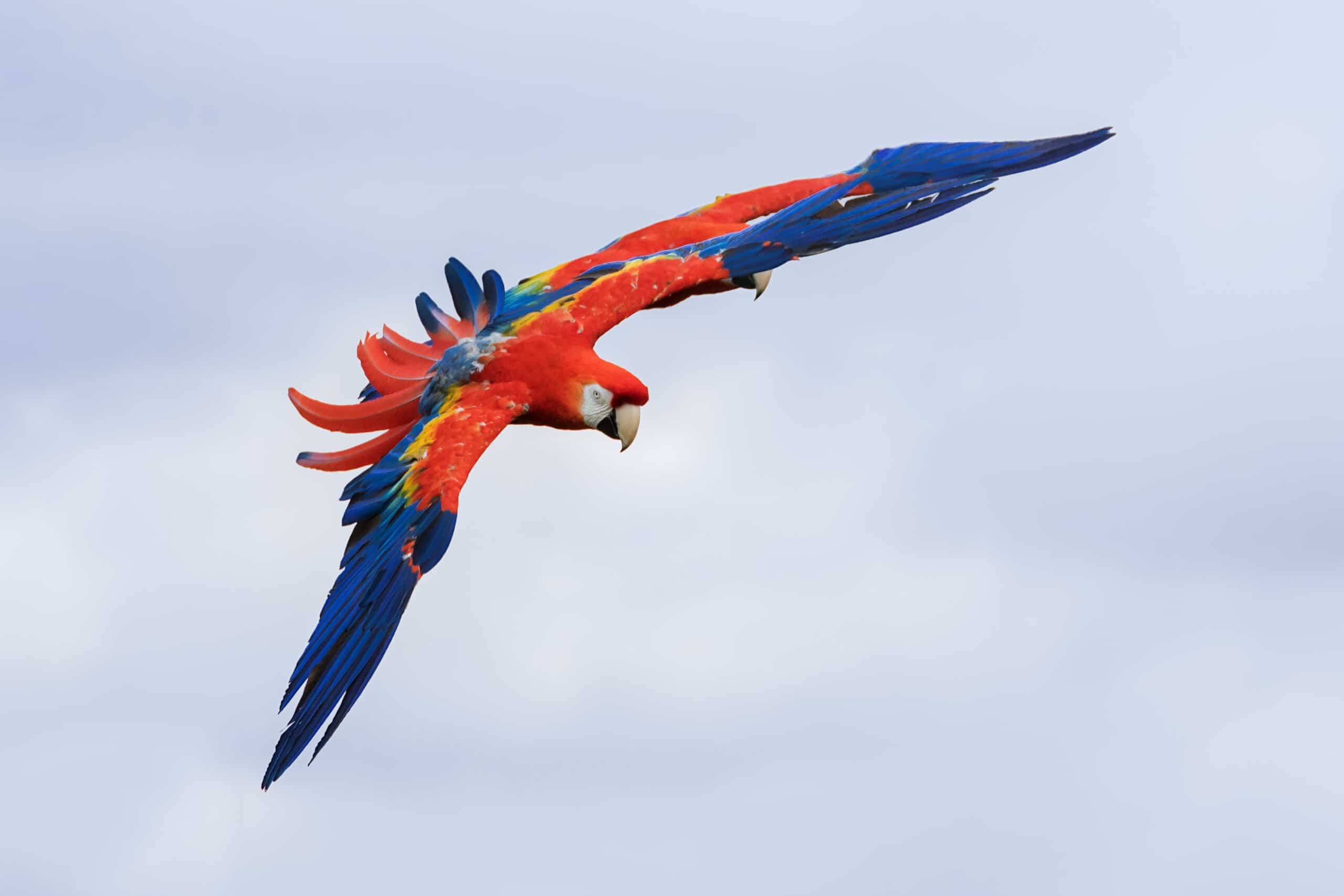
The Scarlet Macaw is one of the most iconic and easily recognizable birds in the world. Found in the rainforests of Central and South America, this large parrot is a vibrant blend of bright red, yellow, and blue feathers, making it a stunning subject for photographers. Its bold colors serve a dual purpose: they help the bird blend in with the similarly colorful fruits and flowers of its environment while also signaling its presence to other macaws. The Scarlet Macaw’s impressive wingspan, coupled with its striking coloration, creates a mesmerizing display in flight, capturing the essence of the tropics. These birds are also known for their intelligence and strong social bonds, often seen in pairs or small family groups. The combination of their vivid colors and dynamic behaviors makes them a favorite among wildlife photographers seeking to capture the vibrant life of the rainforest.
Mandarin Duck (Aix galericulata)
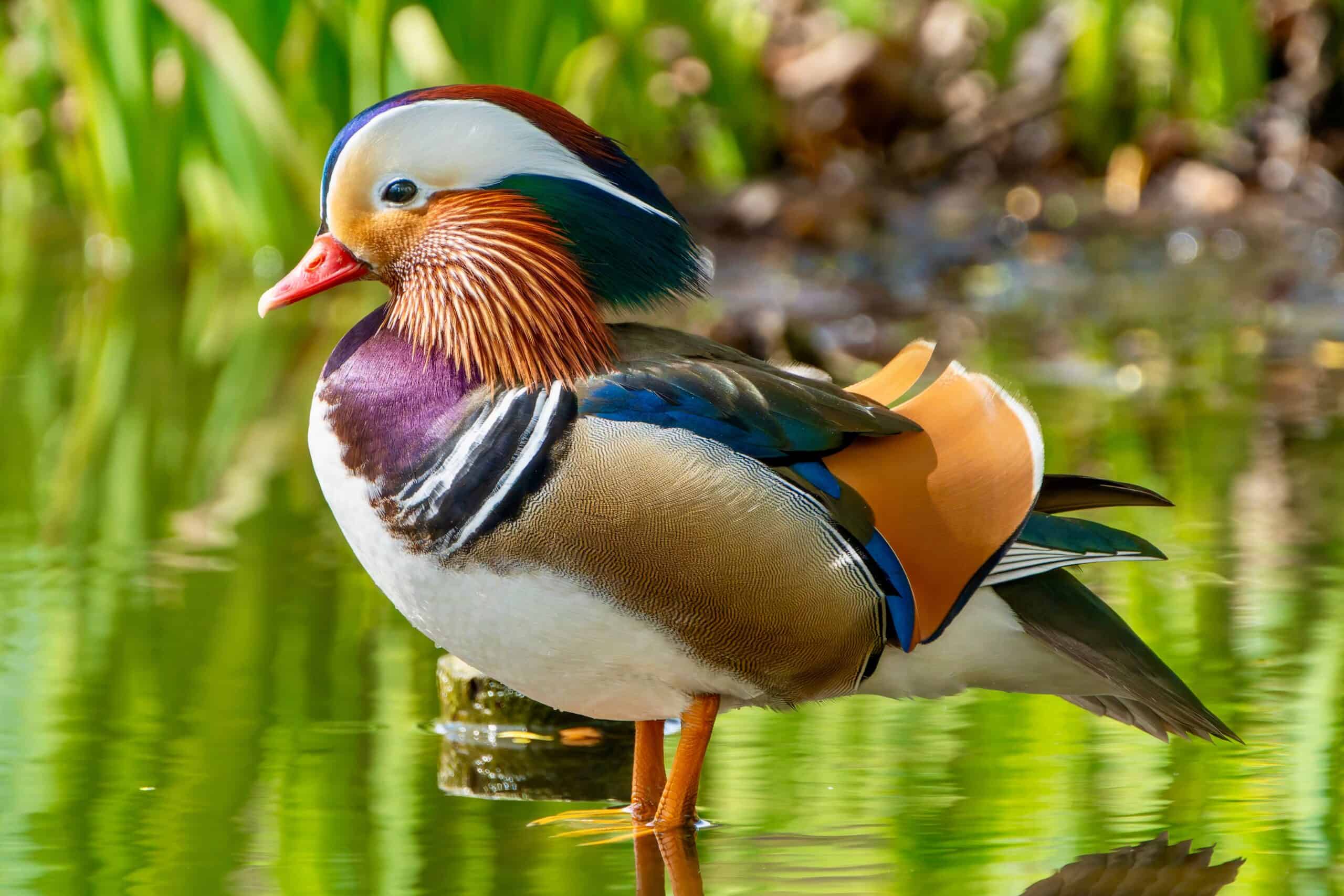
The Mandarin Duck is often considered one of the most beautiful birds in the world due to its stunning, multi-colored plumage. Native to East Asia, this duck is particularly striking during the breeding season when the males display an array of vibrant colors including bright orange, purple, green, and blue. The males have a unique “sail” made of elongated orange feathers that add to their spectacular appearance. The intricate patterns and contrasting colors of the Mandarin Duck make it a highly sought-after subject for wildlife photographers. These ducks are often found in forested wetlands and near lakes, where their colorful reflections on the water’s surface add an extra dimension to photographs. Despite their ornate appearance, they are surprisingly hardy birds, adapting well to different environments, including urban parks in Europe and North America. Their stunning visual appeal and serene nature make the Mandarin Duck an excellent subject for vibrant and peaceful photography.
Rainbow Lorikeet (Trichoglossus moluccanus)
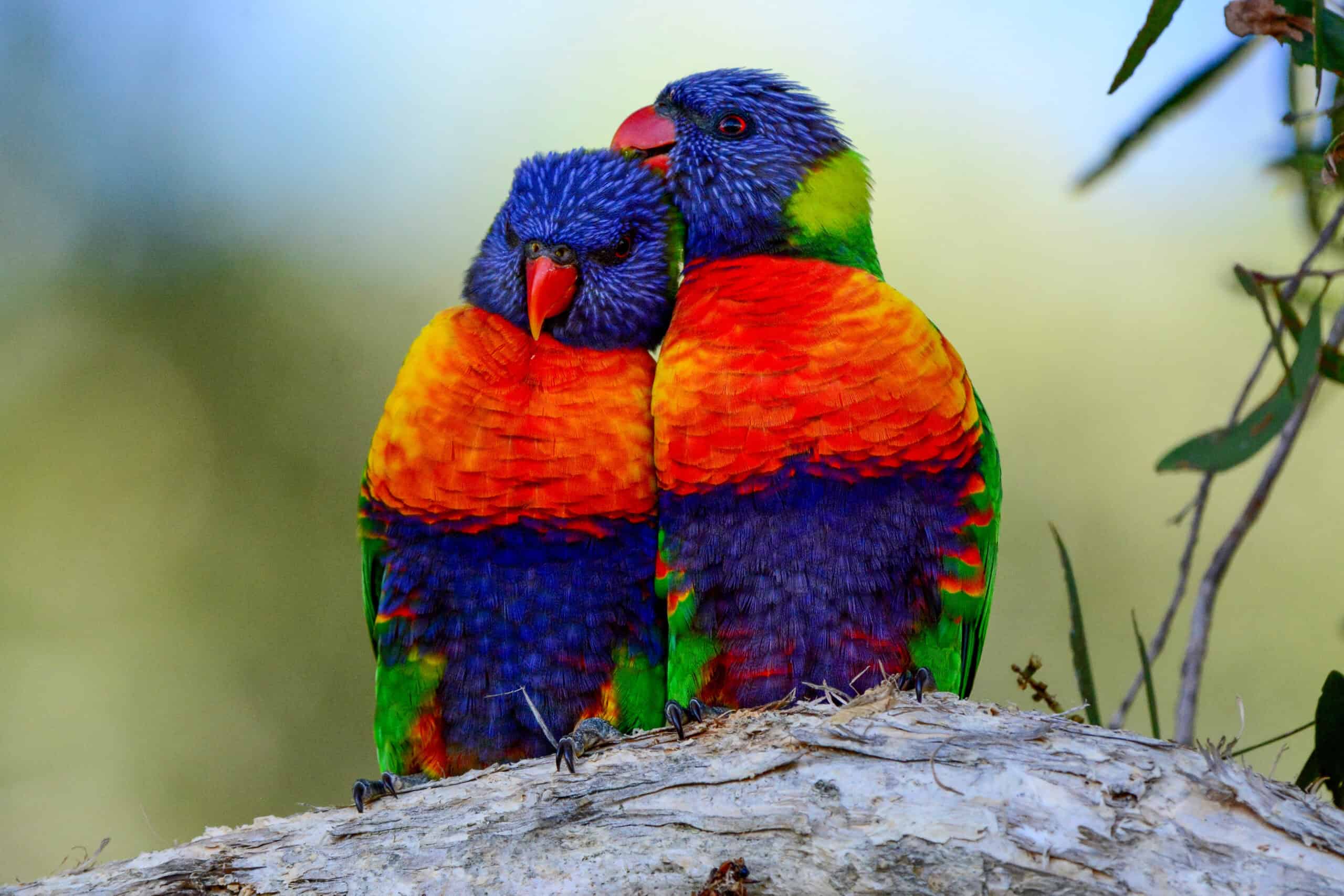
The Rainbow Lorikeet is aptly named for its brilliant and varied coloration, which includes vivid shades of blue, green, yellow, red, and orange. Native to the rainforests, coastal bush, and woodland areas of Australia, these birds are as bold in personality as they are in color. They are highly social, often seen in noisy flocks that add a splash of color to the trees. The Rainbow Lorikeet’s diet of nectar and fruit influences its vibrant colors, making these birds particularly bright and iridescent under the sunlight. Their energetic behavior and striking appearance make them a dynamic subject for photography, whether perched among flowers or in mid-flight. Capturing a Rainbow Lorikeet with its wings spread wide reveals the full spectrum of its plumage, making for a breathtaking shot that showcases the diversity of Australia’s avian life.
Blue Morpho Butterfly (Morpho peleides)
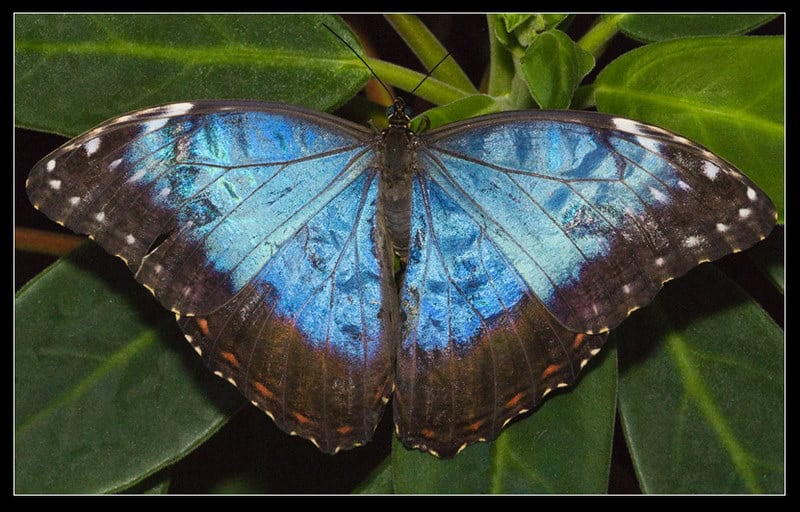
The Blue Morpho Butterfly is one of the most visually striking butterflies in the world, known for its iridescent blue wings that can span up to eight inches across. Found in the rainforests of Central and South America, this butterfly’s bright blue coloration is due to microscopic scales on the back of its wings that reflect light, creating a shimmering effect. The underside of the wings is brown with eye spots, providing camouflage when the butterfly is at rest. The stark contrast between the vibrant blue and the muted browns makes the Blue Morpho a fascinating subject for photographers, especially when trying to capture the fleeting moments when the wings are open. These butterflies are not just beautiful but also play an important role in their ecosystems as pollinators. Their ethereal appearance, combined with their rapid, graceful flight, makes photographing them a challenging yet rewarding experience, perfect for those looking to capture the magic of the rainforest.
Resplendent Quetzal (Pharomachrus mocinno)
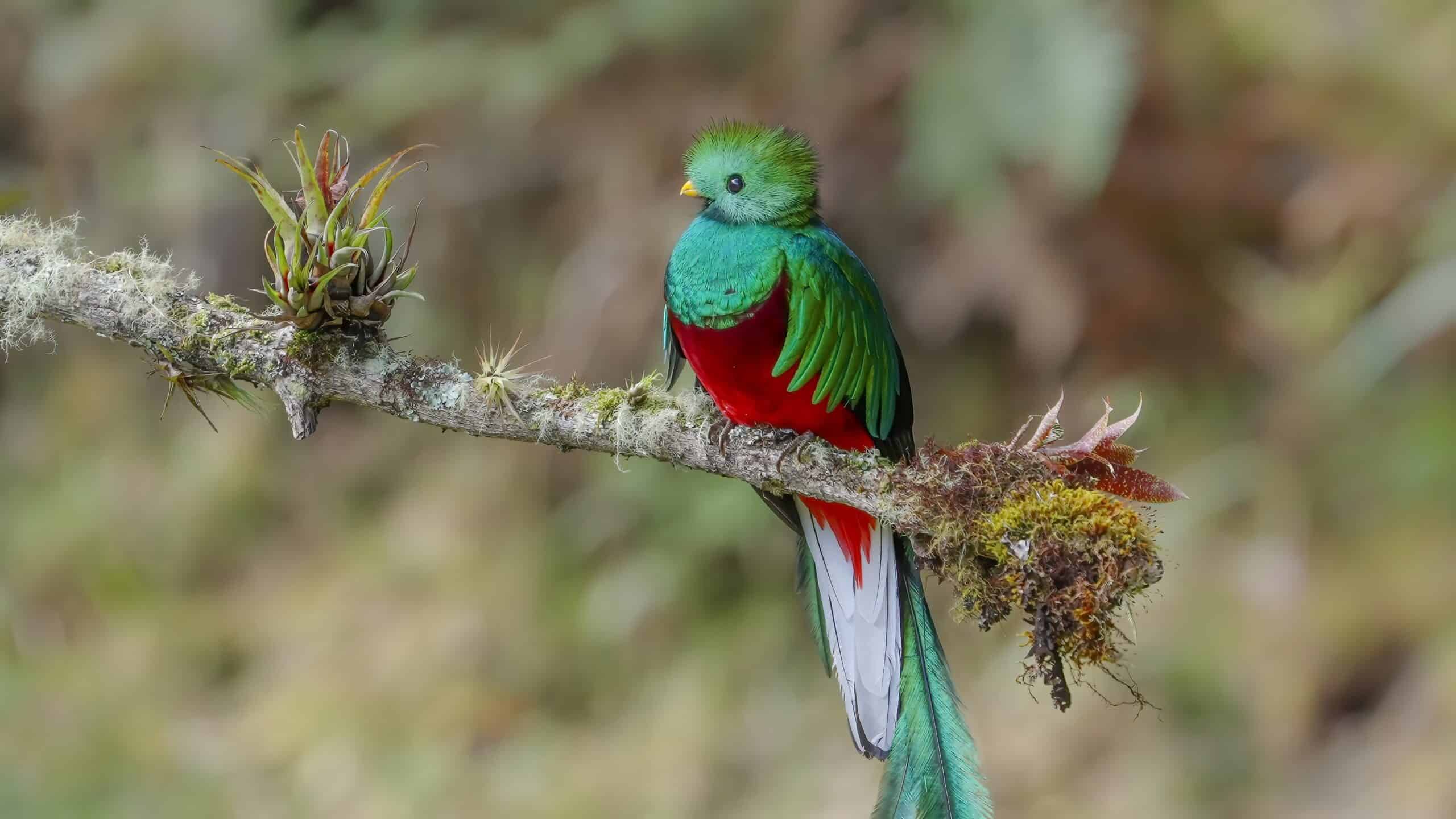
The Resplendent Quetzal is a bird of mythical beauty, often considered one of the most beautiful birds in the world. Native to the cloud forests of Central America, particularly in Guatemala and Costa Rica, the quetzal is known for its vibrant green, blue, and red plumage. The males, in particular, are spectacular during the breeding season when they grow long, iridescent tail feathers that can be more than twice the length of their body. These tail feathers, coupled with the bird’s brilliant colors, make the Resplendent Quetzal a prized subject for photographers. Its connection to the ancient civilizations of the region, where it was considered a sacred symbol, adds an element of cultural depth to its already striking visual appeal. Capturing a Resplendent Quetzal in its misty, mountainous habitat is a true achievement for any wildlife photographer, offering a glimpse into the rich biodiversity of the Central American cloud forests.
Fiery-Throated Hummingbird (Panterpe insignis)
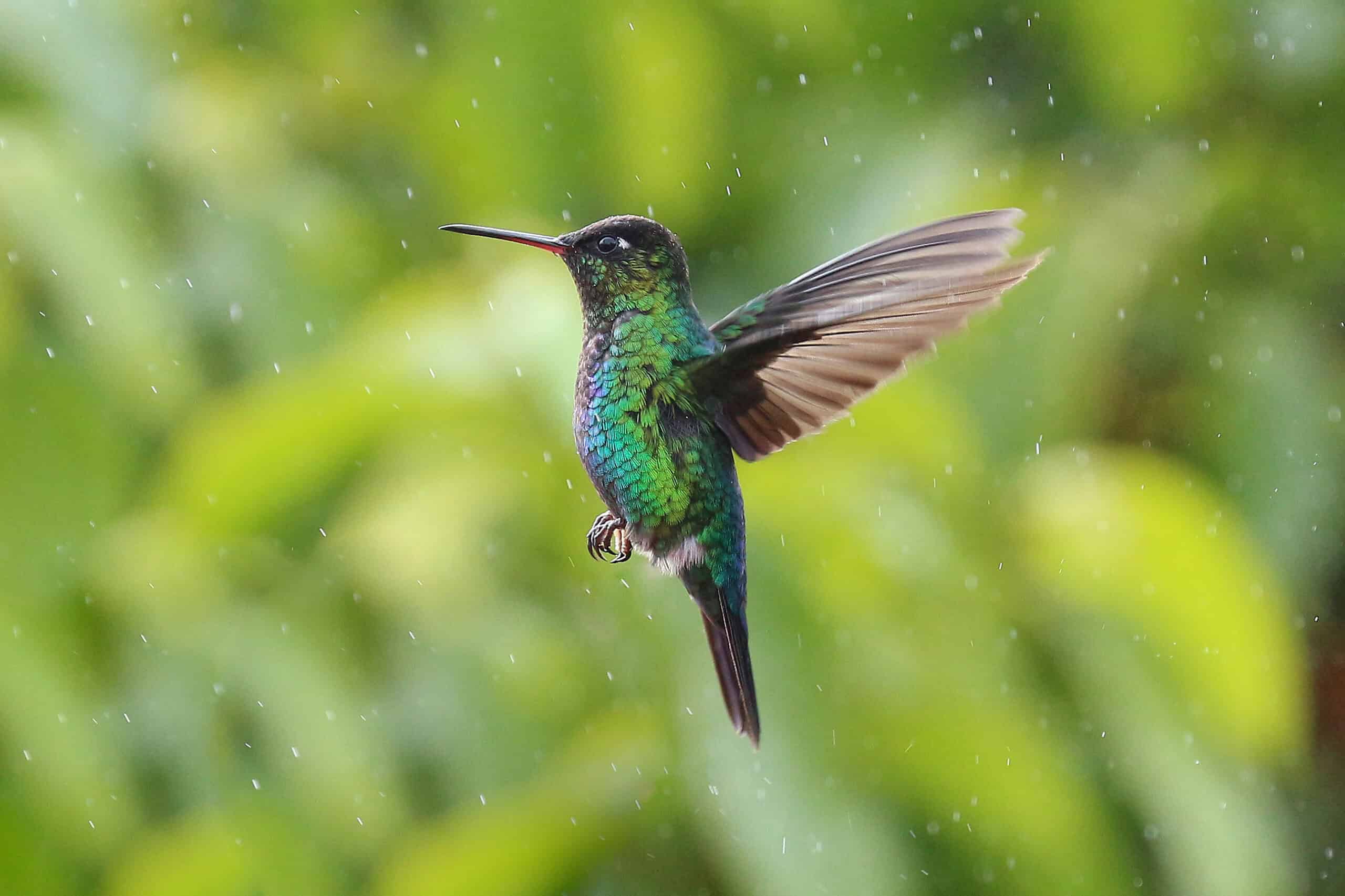
The Fiery-Throated Hummingbird is a dazzling bird native to the cloud forests of Costa Rica and Panama. This small bird is a living jewel, with iridescent plumage that can shift between shades of blue, green, yellow, and fiery orange, depending on the light and the angle of view. The most striking feature is the brilliant patch of color on its throat, which can appear to be glowing like molten lava when caught in the right light. These hummingbirds are highly territorial, often seen chasing away intruders with incredible speed and agility, making them a challenging yet rewarding subject for photographers. Capturing the full spectrum of their colors requires patience and precision, often involving high-speed photography to freeze their rapid movements. The Fiery-Throated Hummingbird’s vibrant colors and energetic behavior make it a captivating subject, ideal for showcasing the richness of the neotropical birdlife.
Mandrill (Mandrillus sphinx)
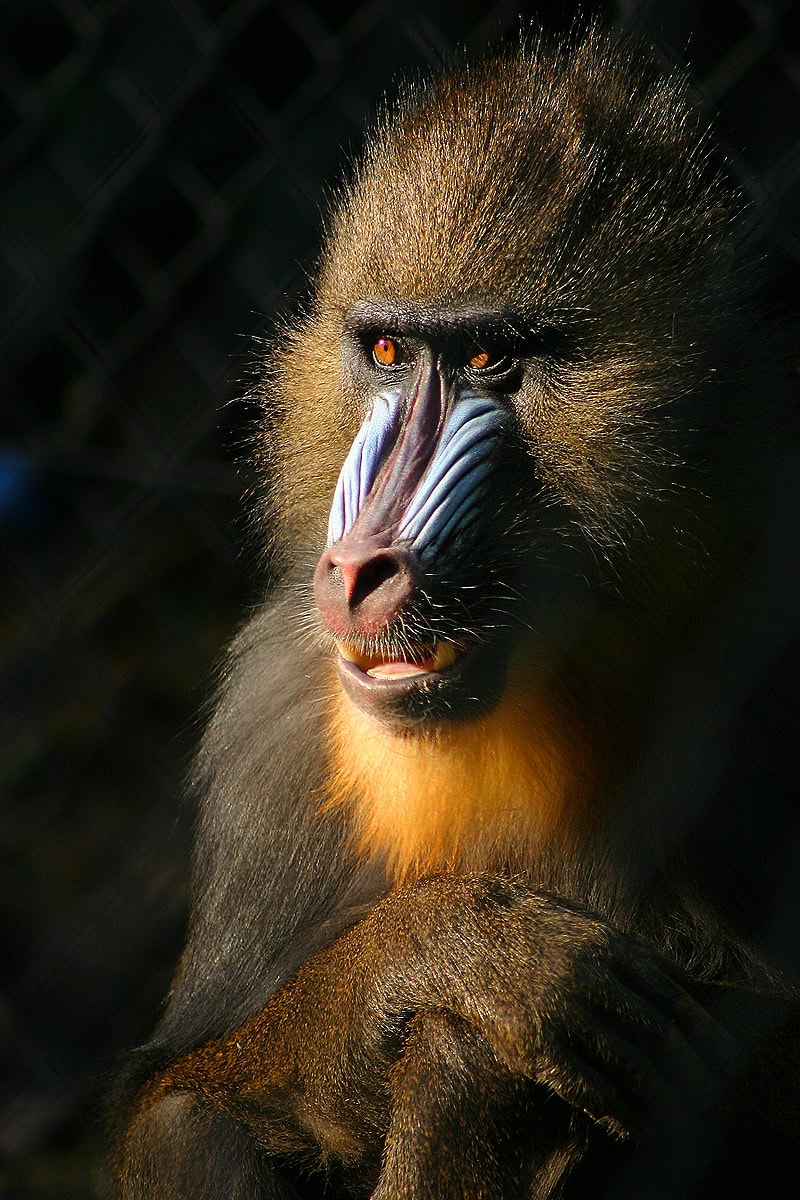
The Mandrill, a large primate native to the rainforests of Central Africa, is known for its striking facial coloration, which is unmatched by any other mammal. Males have bright blue and red skin on their faces and rumps, which become even more vivid when they are excited. This vibrant coloration is used to communicate with other mandrills and to attract females. The mandrill’s colorful appearance is complemented by its impressive size and muscular build, making it a powerful and visually stunning subject for wildlife photographers. In addition to their colorful faces, mandrills also have long, sharp canine teeth that they use to display dominance, adding an element of drama to their photographs. Capturing a mandrill in its natural habitat, surrounded by the lush greenery of the rainforest, can result in a powerful image that highlights the incredible diversity of the animal kingdom.
Peacock Mantis Shrimp (Odontodactylus scyllarus)
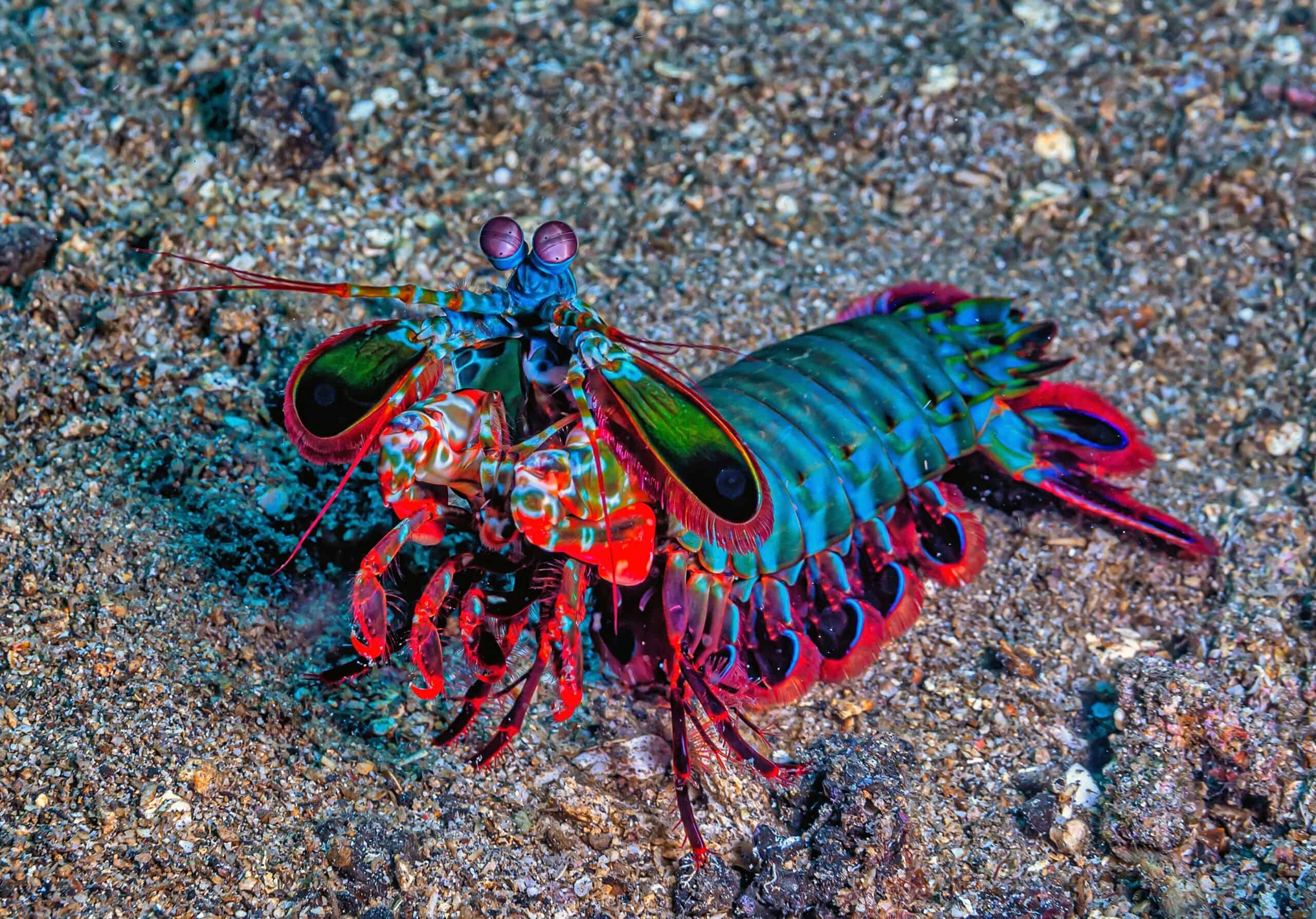
The Peacock Mantis Shrimp is one of the most colorful and intriguing creatures of the ocean. Found in the warm waters of the Indo-Pacific, this shrimp is not only known for its vibrant coloration but also for its extraordinary vision and powerful claws. The Peacock Mantis Shrimp’s exoskeleton is a kaleidoscope of colors, with iridescent blues, greens, reds, and oranges that shimmer under the water. Its eyes are capable of seeing polarized light and have 16 color-receptive cones, compared to the three that humans have, allowing it to detect a broader spectrum of colors than any other animal. In addition to its visual prowess, the mantis shrimp is also a formidable hunter, using its specialized claws to deliver one of the fastest and most powerful strikes in the animal kingdom. Capturing the beauty and complexity of the Peacock Mantis Shrimp requires skill and underwater photography equipment, but the results can be truly spectacular, offering a glimpse into the vibrant and diverse world beneath the waves.
Painted Bunting (Passerina ciris)
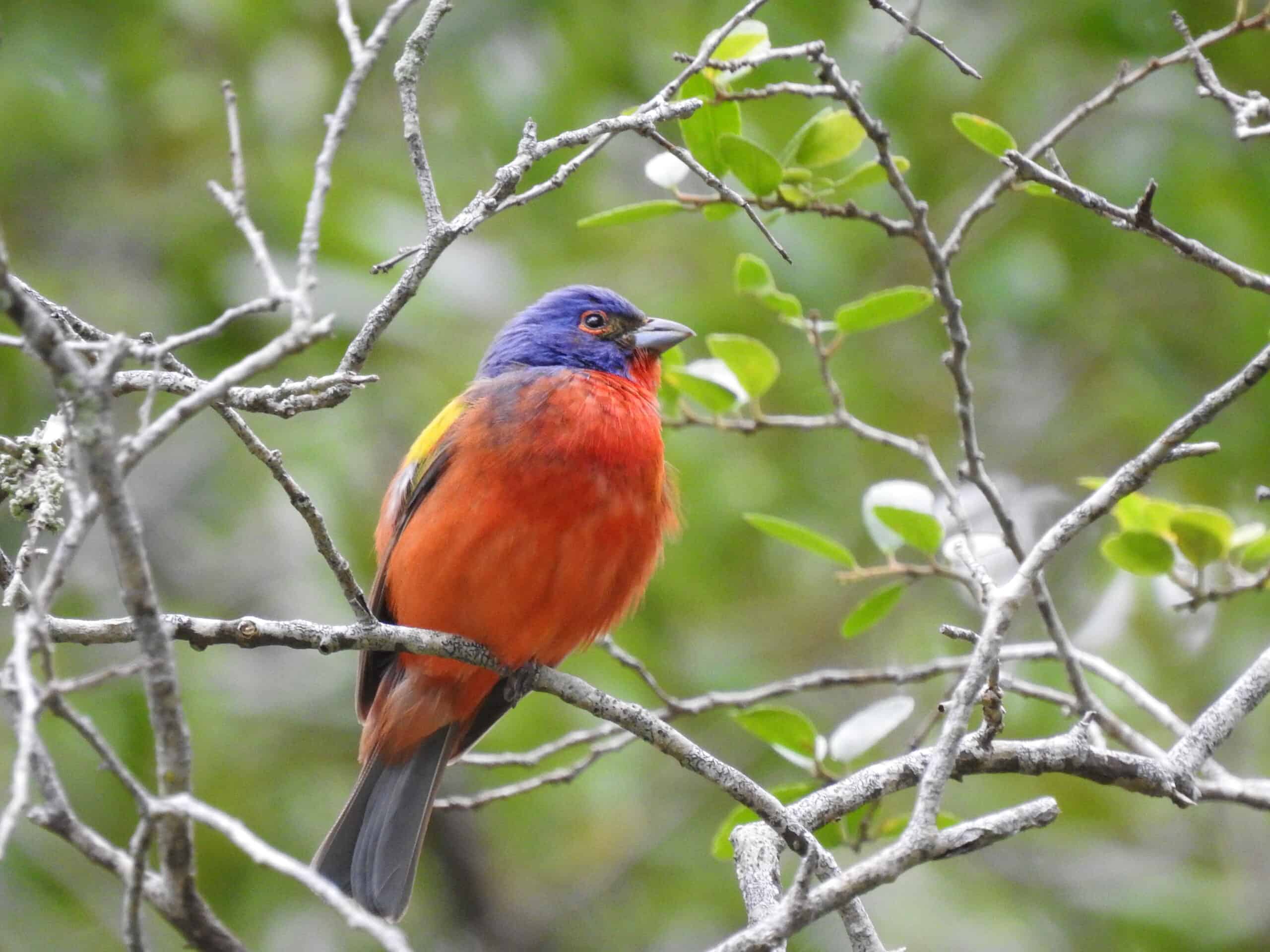
The Painted Bunting is often referred to as the most beautiful bird in North America, and for good reason. The males of this species are adorned with a brilliant array of colors, including deep blues, bright reds, and vibrant greens, giving them a rainbow-like appearance. Found in the southern United States, particularly in the Gulf Coast region, these birds prefer scrubby habitats where they can find seeds and insects to eat. The Painted Bunting’s striking coloration makes it a popular subject for birdwatchers and photographers alike, but its elusive nature and preference for dense cover can make it challenging to capture. When photographed in the right light, the Painted Bunting’s colors can appear almost surreal, creating images that look like they’ve been painted by an artist’s brush. This bird’s vivid plumage and the contrasting environments it inhabits make it a must-photograph species for those seeking to capture the vibrant colors of North American wildlife.
Veiled Chameleon (Chamaeleo calyptratus)
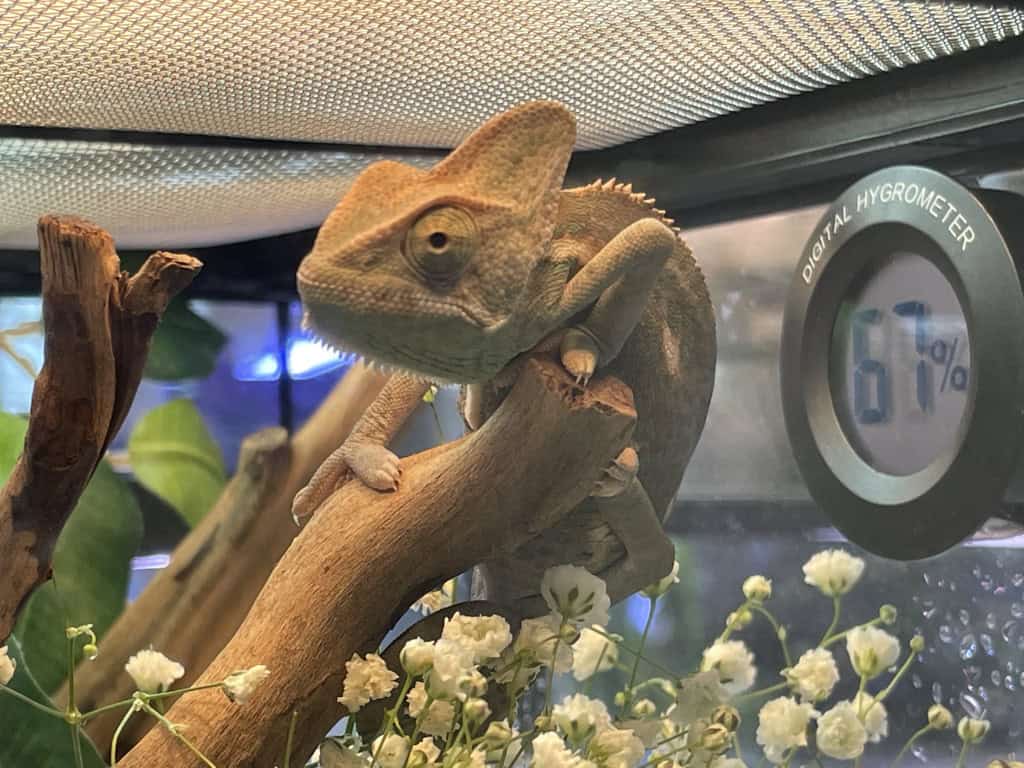
The Veiled Chameleon is a fascinating reptile known for its ability to change color, a trait that makes it a particularly interesting subject for photography. Native to the Arabian Peninsula, these chameleons have a base color of green, but they can shift to shades of yellow, orange, blue, and brown depending on their mood, temperature, and environment. The males are especially colorful, with striking patterns that make them stand out. The ability of the Veiled Chameleon to blend into its surroundings or display vivid colors on command adds a dynamic element to wildlife photography. Capturing the moment when a chameleon changes color, or when its vibrant patterns are most pronounced, can result in stunning images that showcase the unique adaptability and beauty of these reptiles. Their slow, deliberate movements and unique physical features, such as their zygodactylous feet and independently moving eyes, also add to the visual intrigue, making the Veiled Chameleon a rewarding subject for photographers interested in reptiles and amphibians.
Golden Pheasant (Chrysolophus pictus)
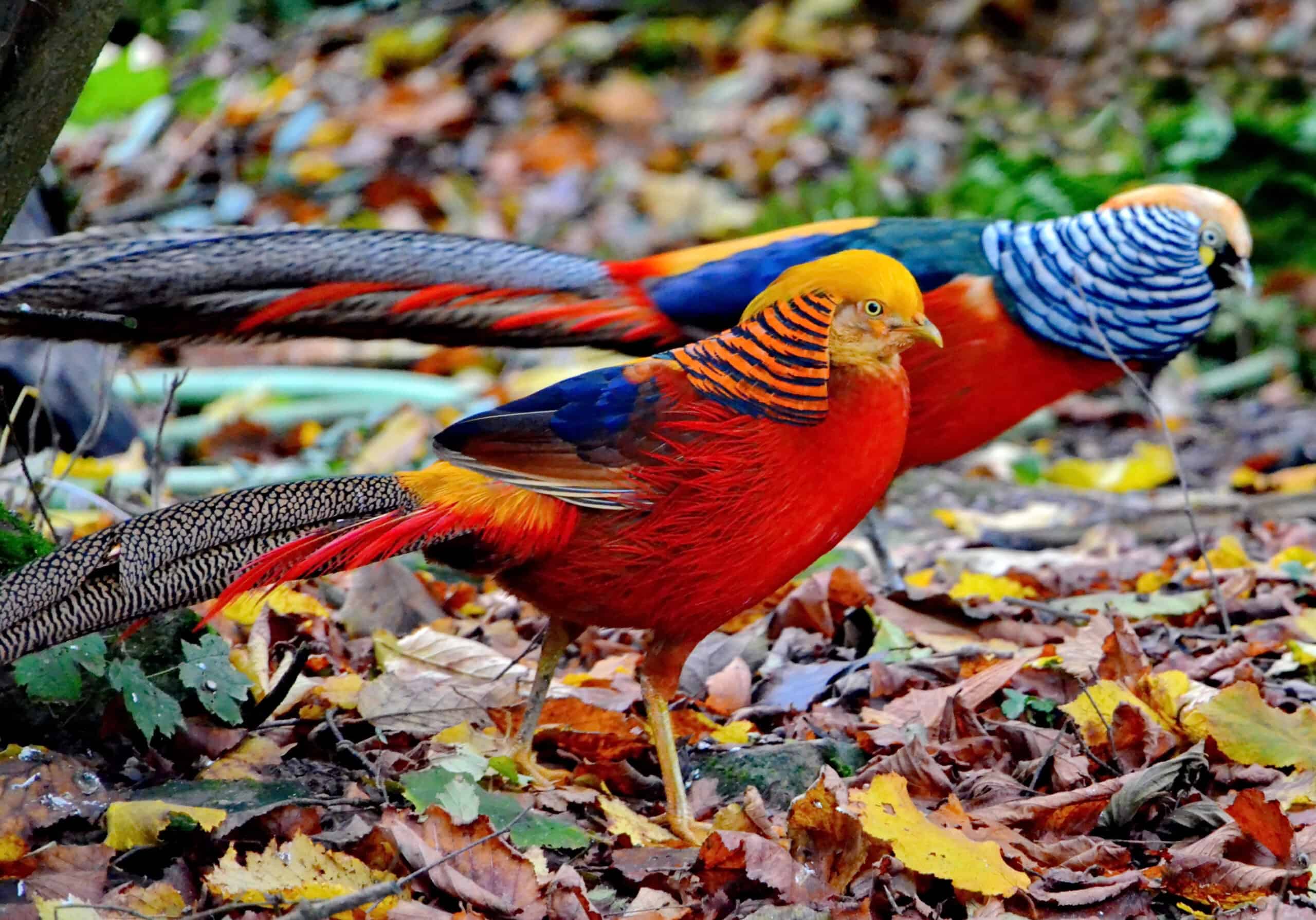
The Golden Pheasant, also known as the Chinese Pheasant, is a bird that looks almost too beautiful to be real. Native to the mountainous regions of western China, this bird is known for its striking golden-yellow crest, which cascades down the back of its head. The body of the Golden Pheasant is a brilliant red, contrasted by deep blue and green feathers on the wings and tail. Males are particularly resplendent during the breeding season when they use their vivid plumage to attract females. The Golden Pheasant’s exotic appearance makes it a favorite among bird photographers, especially when captured in the wild, where its colors stand out against the muted tones of its natural habitat. The intricate patterns and vivid hues of the Golden Pheasant make it a symbol of beauty in many cultures, and its photographs can convey a sense of elegance and majesty that few other birds can match.
Parrotfish (Scarus ghobban)
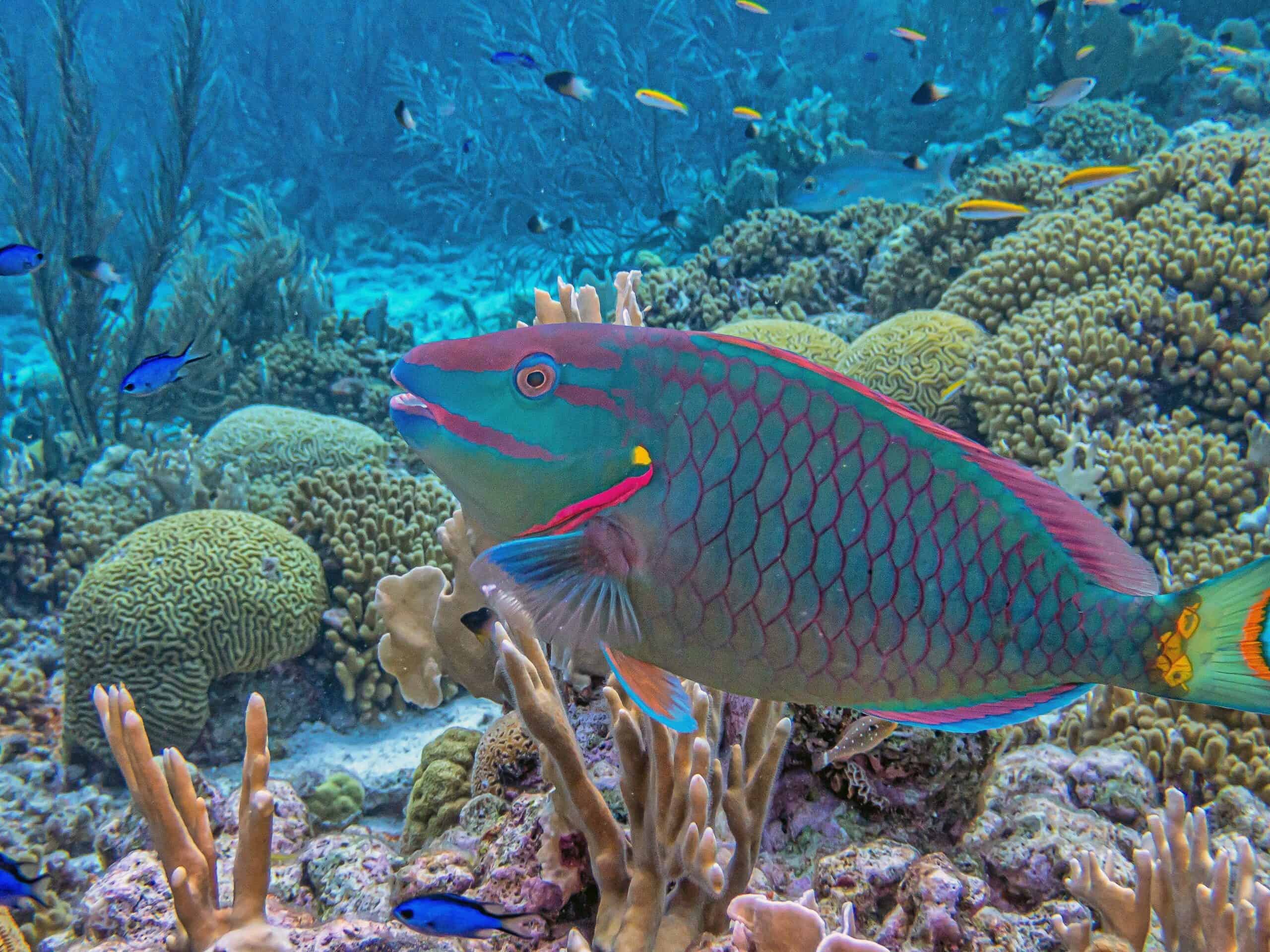
Parrotfish are among the most colorful fish in the ocean, with some species displaying a rainbow of colors that change as they mature. Found in coral reefs around the world, these fish are named for their beak-like teeth, which they use to scrape algae off coral. The colors of parrotfish are not just for show; they play a role in their social interactions and mating behavior. Parrotfish can be a challenge to photograph due to their constant movement and the underwater environment, but when captured, they make for stunning images that highlight the vibrant life of coral reefs. Their scales shimmer with iridescent blues, greens, pinks, and yellows, creating a dazzling display of colors that can brighten any underwater photograph. The combination of their unique feeding habits and their brilliant colors makes parrotfish a fascinating subject for both wildlife photographers and marine biologists.
Gouldian Finch (Chloebia gouldiae)
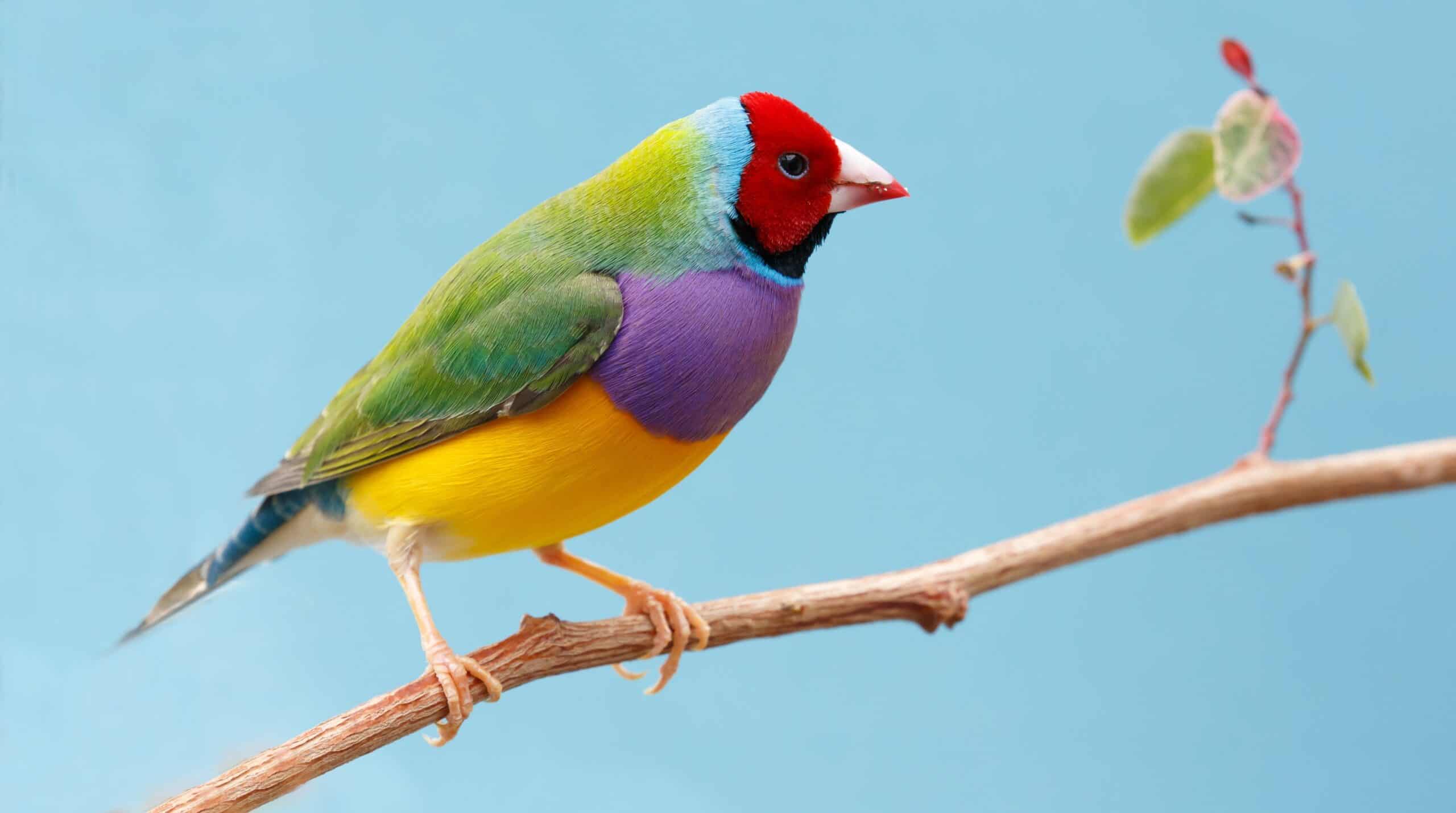
The Gouldian Finch, also known as the Lady Gouldian Finch, is a small bird native to Australia that is often considered one of the most colorful birds in the world. Both males and females of this species are covered in bright patches of red, yellow, blue, green, and purple, creating a kaleidoscope of colors that make them stand out in their natural habitat. These finches are typically found in the savannah woodlands of northern Australia, where they live in small flocks and feed on seeds. The Gouldian Finch’s striking appearance and gentle demeanor have made it a popular bird in the pet trade, though it is considered near-threatened in the wild. Photographers are drawn to the Gouldian Finch for its vibrant plumage and the opportunity to capture the vivid colors of Australia’s avian life. Capturing a Gouldian Finch in flight or perched among the branches can result in images that are both dynamic and visually stunning.
Orchid Bee (Euglossa spp.)
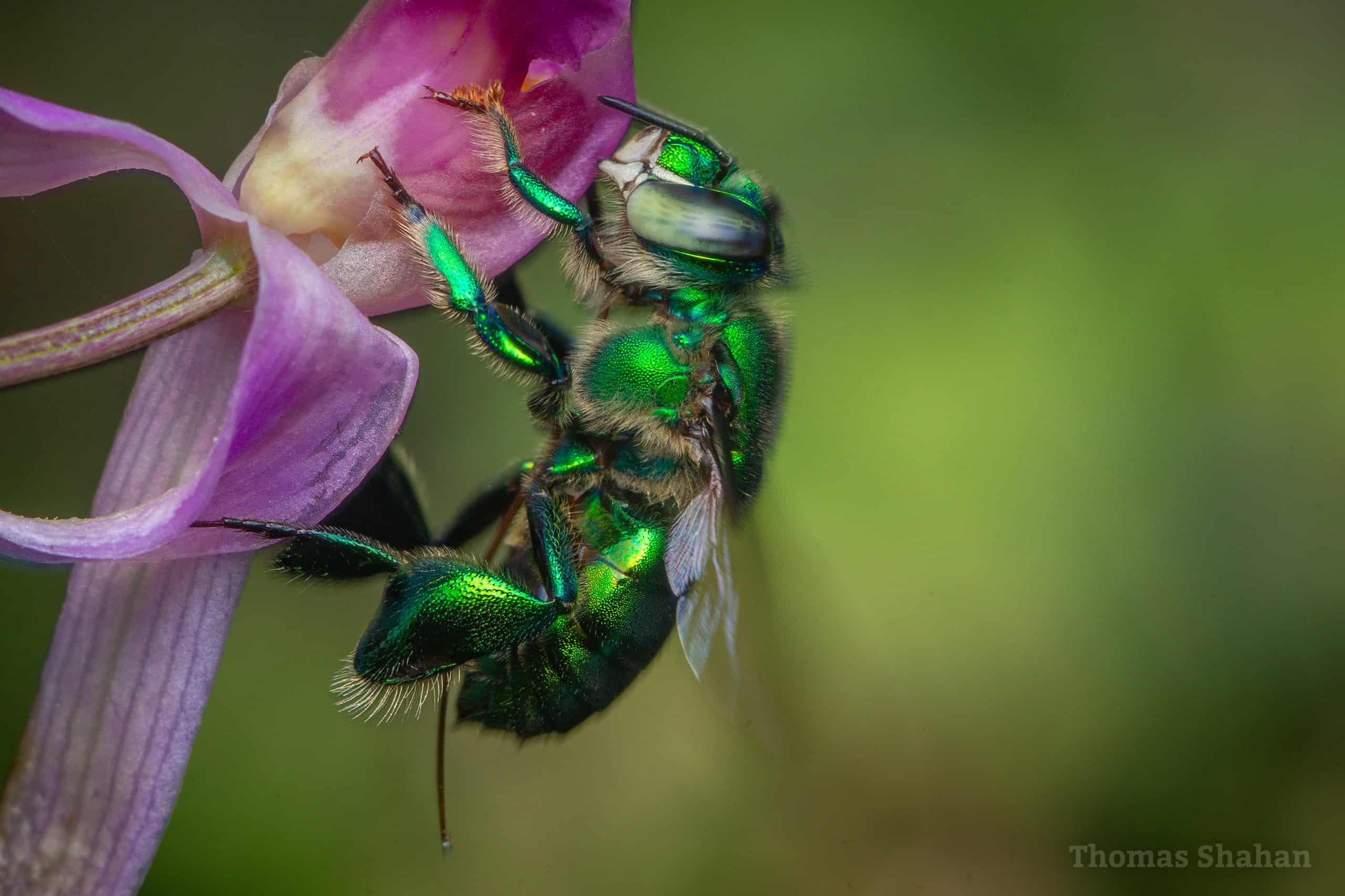
Orchid Bees are often referred to as “living jewels” due to their metallic, iridescent colors that range from emerald green to sapphire blue and ruby red. These bees are native to the tropical regions of Central and South America, where they play a crucial role in pollinating orchids. Orchid Bees are unique in that males collect fragrant compounds from orchids and other plants, which they store in specialized pockets on their hind legs. These fragrances are used to attract females, making the Orchid Bee’s behavior as fascinating as its appearance. For photographers, capturing the brilliant colors of an Orchid Bee as it hovers near a flower is a true challenge, but the results can be breathtaking. The bee’s shimmering exoskeleton and the contrast with the lush green foliage or vibrant flowers create a visual feast that highlights the diversity and beauty of the insect world.
San Francisco Garter Snake (Thamnophis sirtalis tetrataenia)
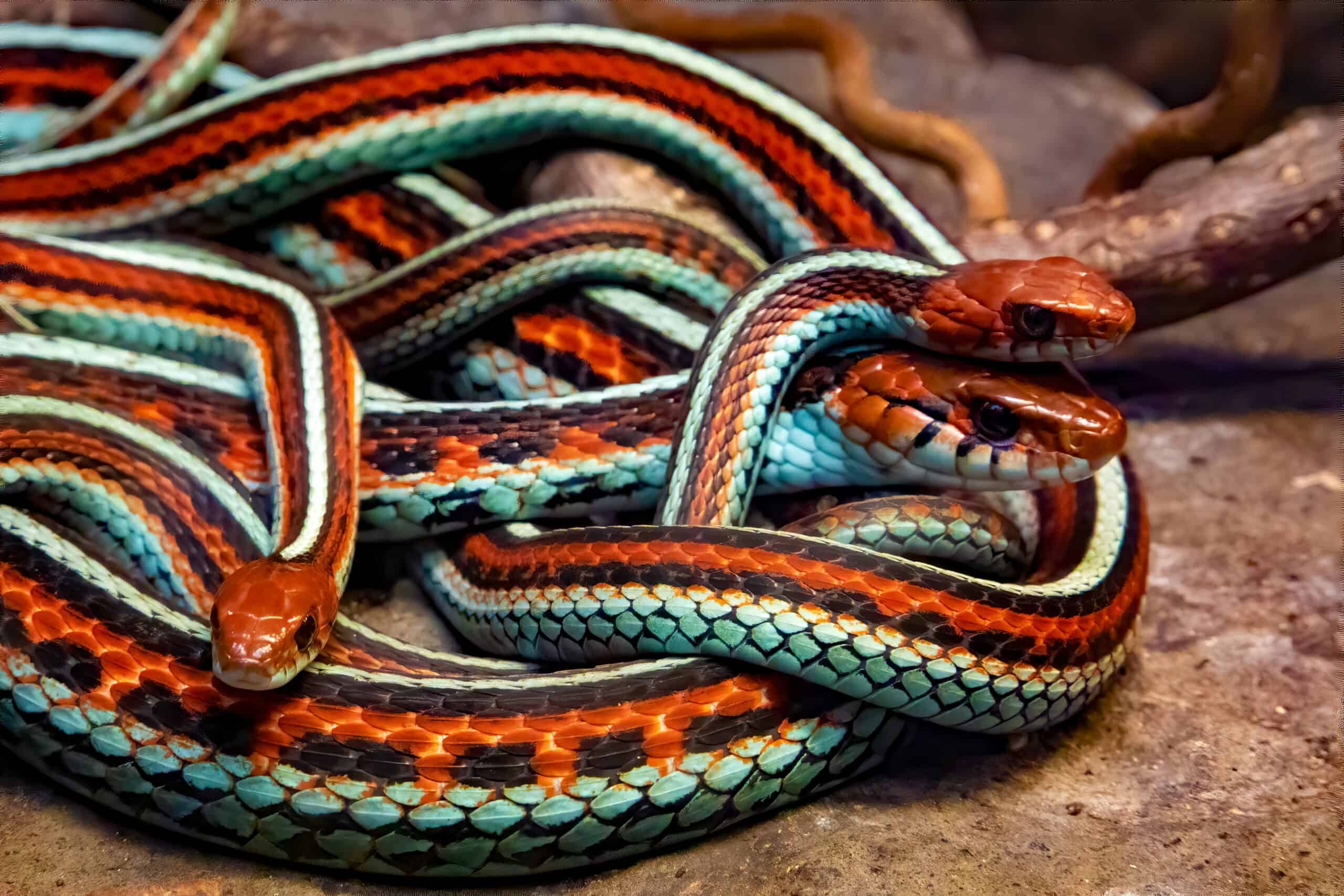
The San Francisco Garter Snake is often described as the most beautiful serpent in North America, thanks to its striking coloration. This endangered subspecies of the common garter snake is found in the marshy areas of San Mateo County and parts of Santa Cruz County in California. The snake’s vibrant blue-green body is adorned with orange-red stripes running along its length, creating a visually stunning contrast. The San Francisco Garter Snake’s vivid colors make it a prime target for illegal collection, despite its protected status. For photographers, capturing this snake in its natural habitat is a rare and rewarding experience. The bright, contrasting colors of the snake against the greens and browns of its environment make for dramatic and eye-catching images. The San Francisco Garter Snake’s beauty and rarity add an element of exclusivity to its photographs, making it a prized subject for wildlife photographers and nature enthusiasts alike.
This article originally appeared on Rarest.org.
More from Rarest.org
Habitat restoration plays a crucial role in conserving biodiversity. Many insects, facing extinction, have found hope through these efforts. Read more.
Exploring the world of ancient scripts and languages offers a glimpse into the past civilizations that once thrived. Read more.
Exploring uncharted territories has always been a thrilling endeavor for adventurers. These brave souls document the world’s most mysterious and challenging regions, providing invaluable insights. Read more.

